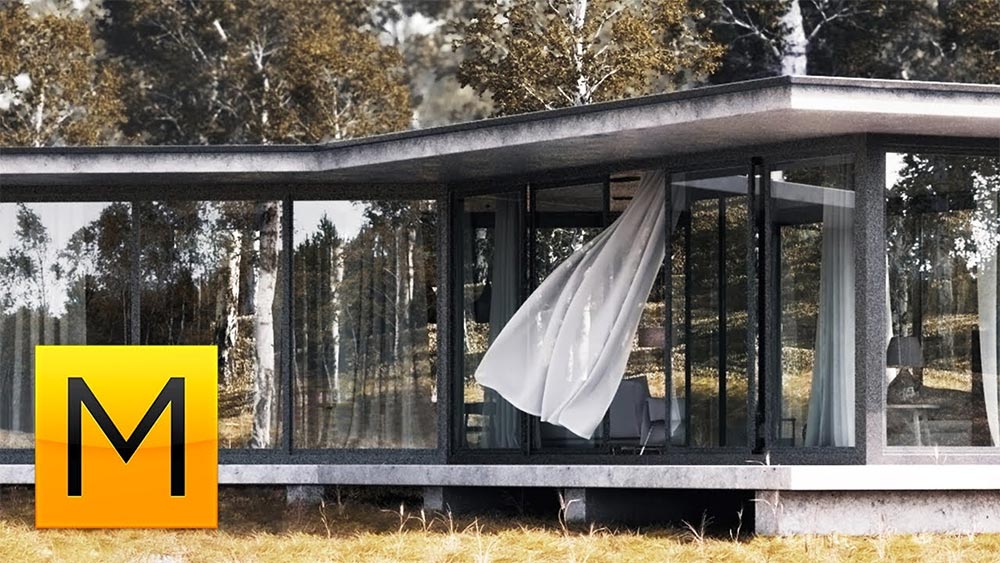
- #3ds max wind how to
- #3ds max wind pro
#3ds max wind how to
To illustrate how to turn on animation and master the different modes used to control playback, open the a nimation_exercises.max file included in the downloads for this tutorial. Parts of this tutorial also use Bercon Maps, and GrowFX though they aren't essential for completing the scene.īy default the plugin will not use the animation found on source objects unless explicitly told to do so.
#3ds max wind pro
This tutorial requires Forest Pack Pro and RailClone Lite or Pro, the lite version can be downloaded free from here.
Control the absolute frame of animated geometry using a map. Control the starting frame of animated geometry using a map. Randomise the starting frame of animated geometry using fixed sample points. Forest Pack has four unique modes that enable you not only to scatter animated objects with significant memory efficiency, but also randomise their starting frames, create offsets and control playback using maps. We'll start by looking at the principles of these modes in detail and then apply the techniques to the simple scene shown above.īy completing this tutorial you will be able to: Good luck.In this Tips and Tricks episode we answer several questions frequently asked by users about animating with Forest Pack, and explain in detail how to control animation applied to scattered objects. For realistic fluid simulations you can use some advance tools like Afterburn and FumeFX etc. That’s it, I hope you enjoyed this tutorial. Now, assign the material to the Spray particles and render the scene to see the effect. Turn on the Turbulence and set the Levels value to 0.7. Inside Noise group, set the Amount to 0.2 and Size to 3.0. Set the Color 2 Position value to 0.5 and Gradient Type to Radial. Under Gradient Parameters rollout, choose Black color for Color #1, dark Grey ( R: 65, G: 65, B: 65) for color #2, and light grey (R: 45, G: 45, B: 45) color for Color #3. Now, click on Mask “None” button and select Gradient from the Material / Map Browser list. Now, click on Go to Parent button, to bring back the Mask parameters. Under Particle Age Parameters, assign White color to Color #1, Grey (R: 128, G: 128, B: 128) color to Color#2 and Black color to Color #3. Click on the Map “None” button to launch the Material / Map Browser and select the Particle Age material from the list. Under Mask Material Parameters rollout, we have two buttons with no maps assigned to them. Select the Mask material from the Material / Map Browser list. Now, In the Maps rollout, turn on the Opacity and click on the None button. Use dark grey color (R: 52, G: 52, B: 52) as the Diffuse color. Unlock the Ambient and Diffuse colors then choose the Black color as Ambient and Specular color. Let’s prepare the smoke material for the particles so, open the Material Editor (M), select a material slot. Step 6: Preparing Smoke Material for particles Now, select Bind to Spacewarp tool from the main toolbar and bind Spray emitter to the Wind and the Drag force one by one. I am using Linear Damping in this case with X Axis: 50%, Y Axis: 50% and Z Axis: 0% Step 5 Under Damping Characteristics group, turn on the Unlimited Range option. 
Set the Time On value to -100 and Time Off value to 200 (the end frame of the active time segment). Now, go to Create > SpaceWarps > Forces and this time create a Drag force. Inside the Wind group, set the Turbulence value to 1.5, Frequency to 0.5 and Scale to 1.15.

With the Wind force selected, go to Modify panel and set the Strength to 1.2, Decay to 0.01 and choose the Spherical option as Wind type. Go to Create > SpaceWarps > Forces and create a Wind force from there. In Timing group, set the Start value to -50, Life to 50 and Birth Rate to 1 with the Constant option turned off. Now, with the Spray particle system selected, go to Modify panel and under Parameters rollout, set the Render Count to 500, Drop Size to 18.0, Speed to 0.2 and Variation to 0.Ĭhoose the Facing option from the Render group. Rotate the spray emitter 180 degrees in x-axis. Go to Create > Particles and create a Spray particle system from there and set the Width and the Length of the emitter to 15. Here is the preview of the effect that we are going to create: This tutorial involves setting up the particle system and creating the smoke material for the particles.

In this tutorial, I am going to show you how to create a basic smoke effect in 3ds max using particles.







 0 kommentar(er)
0 kommentar(er)
